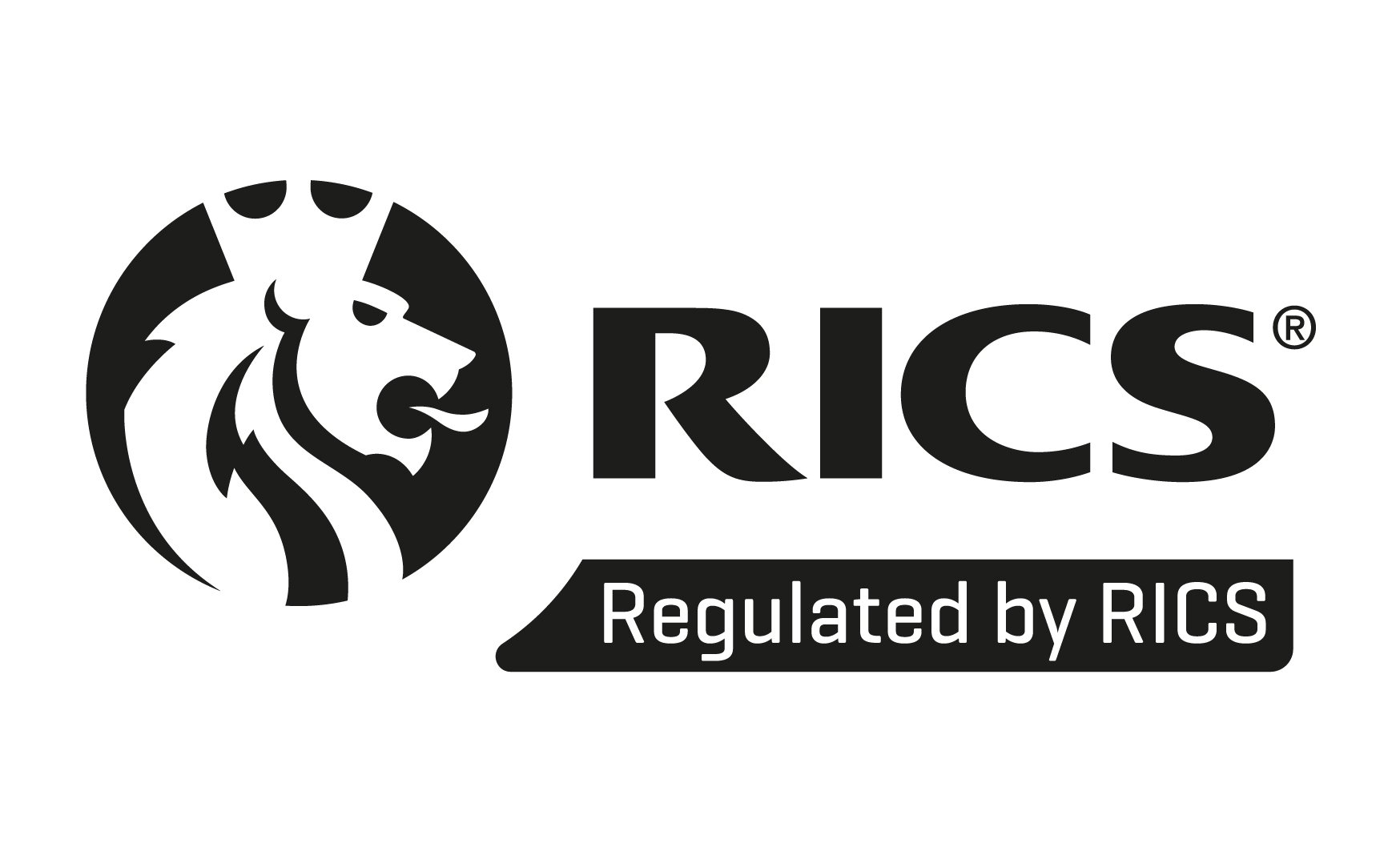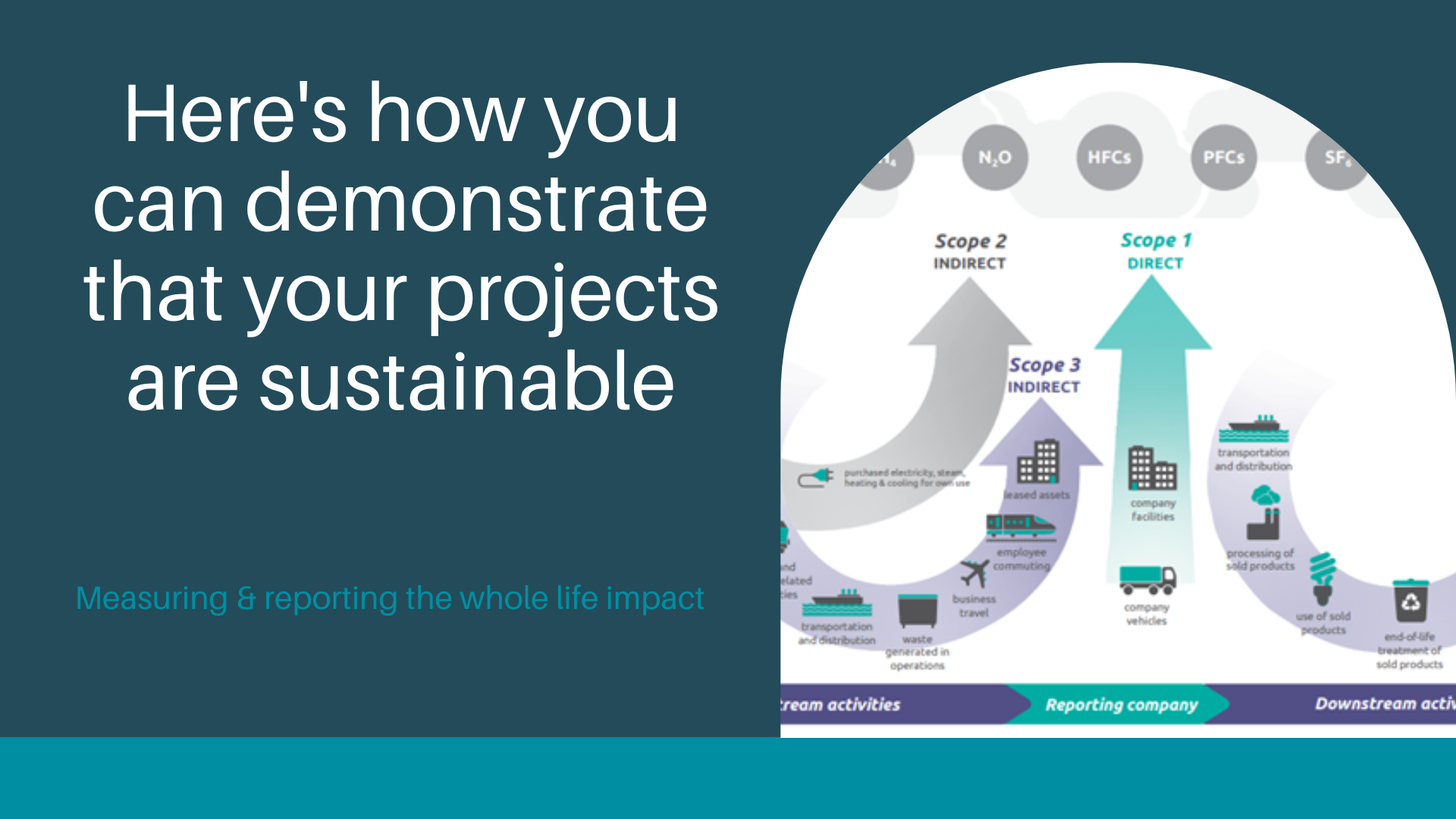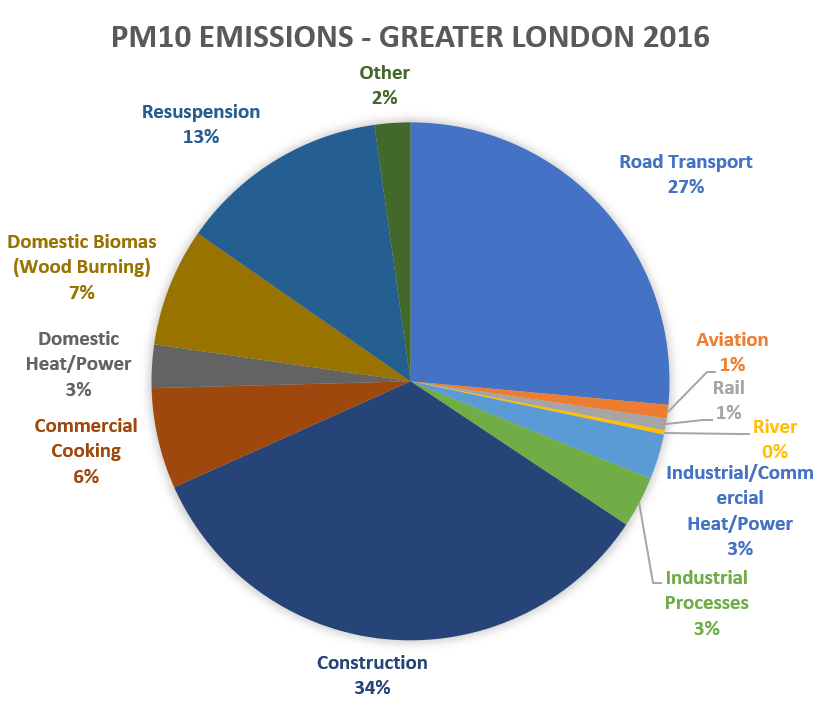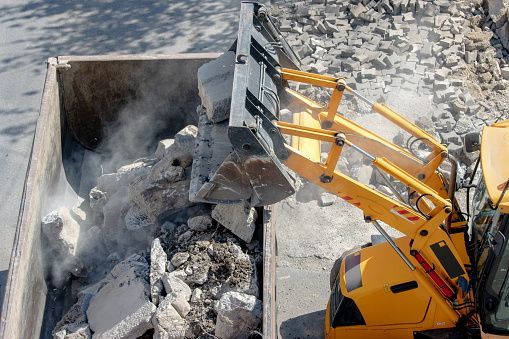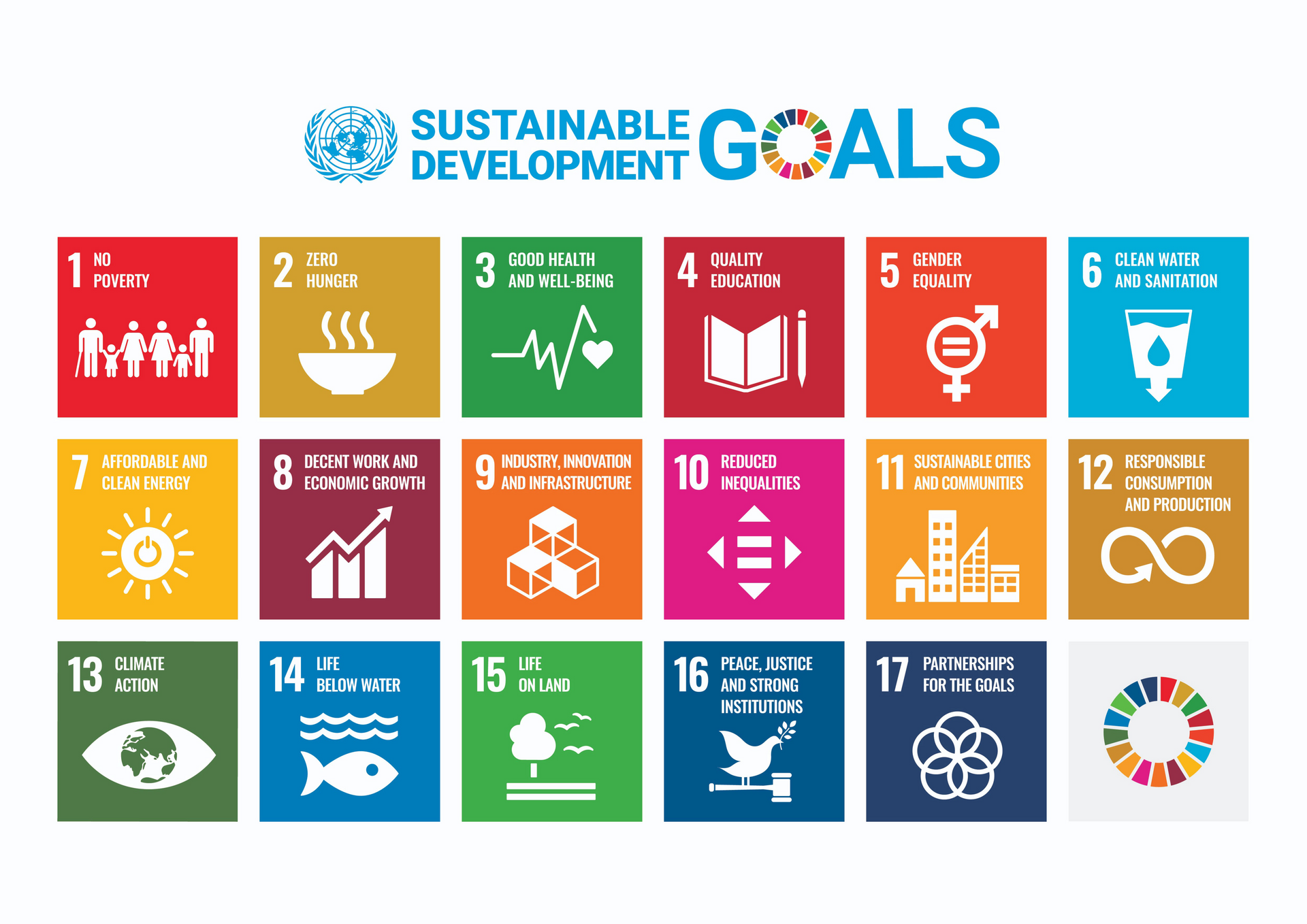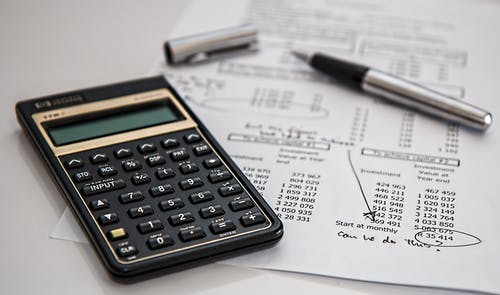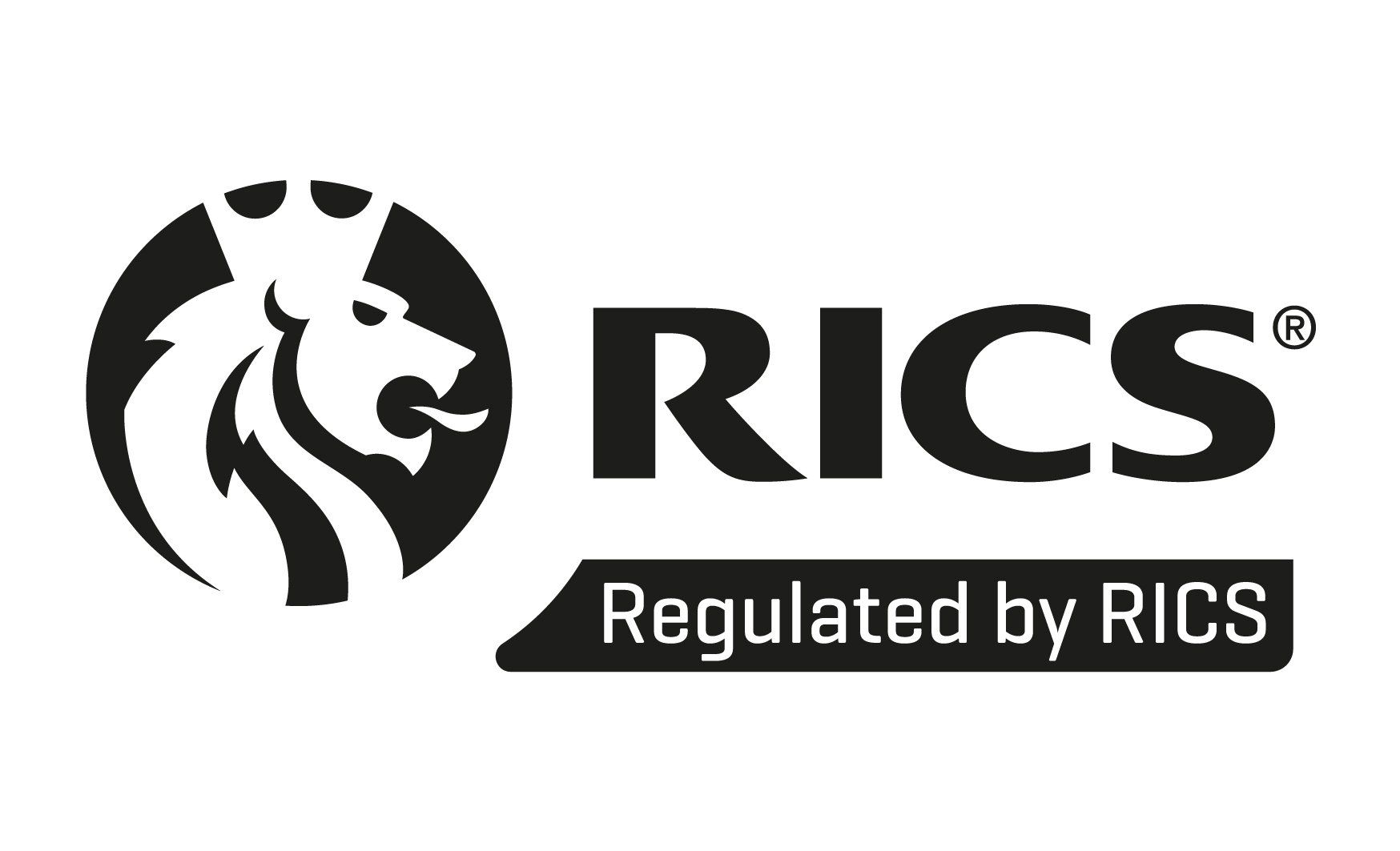Selection of a sustainable supply chain
Selecting suppliers who share your aims for a sustainable site
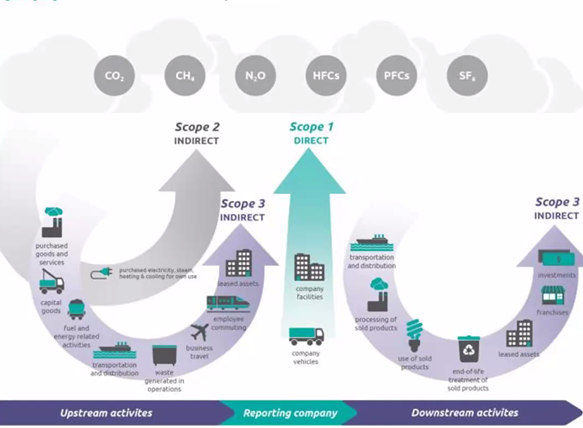
To deliver the kinds of sustainable projects you are aiming for, you will need to select designers, suppliers and installation contractors who share your desire to develop truly sustainable projects, and also to check that they have the relevant skillset.
At this stage of the shift towards a sustainable future, there are a whole plethora of different ways that companies will use to demonstrate their sustainable credentials, and time will tell as to which of these emerges as the most relevant to each trade.
Currently validation and awareness schemes are provided by both sustainability consultancies and industry bodies as well as more established and long running buildings ratings systems who accredit their assessors (such as BREEAM for example). All of these approaches have their merits, depending on what you actually need to achieve.
In the short term, it is worth noting that making a start on your journey and doing something to select and procure more sustainable providers is most likely better than doing nothing, so it is worth considering your options now. We know of a number of different scheme providers and can sign post you towards these..
Be an intelligent & sustainable client
To achieve truly sustainable projects (as with any other project objectives) it will be important that the client organisation is very clear about what they want, and lead by example when both briefing and selecting their team – including both their designers and their delivery team.
The client will have to confirm in their brief to the designers that they are looking to deliver sustainability objectives, so that the designers can then approach the project in that way, and all relevant employers requirements, specifications and scopes can be drafted accordingly with the relevant standards incorporated. Of course, utilising the client’s project management organisation is key to this process, so making sure they are also bought in to the idea is important.
From experience (and this is relevant to sustainability or anything else) most designers will carry on doing what they always have done unless they are challenged by the client to target other objectives (such as sustainability).
The ongoing evolution of the building regulations will also eventually have an impact on what gets designed and specified, but that process often lags aspiration and the will of the people involved.
It is also beneficial if the supply chain you select is be able to educate their clients so as to facilitate their choices toward lower carbon and / or more sustainable options.
An evolving landscape
The drive towards sustainable supply chains and solutions has really accelerated in recent years, and especially through 2022 here in the UK. As a result, ambition to understand and achieve true sustainability is often moving a lot faster than legislation and standards, including the normalisation of terminology and assurance.
Unfortunately, things have moved so fast that at the end of 2022, there are so many standards and metrics around the world that the whole system is rather disjointed. For example, by early 2022, there were over 600 different mandatory ESG reporting standards globally, with over 80 standards focussed on emissions and climate impacts. It’s confusing for everyone involved in the sustainability sector let alone for everyone else. As such, ongoing flux can be expected for a little while longer (until a semblance of normalisation takes root), but in the meantime, there are still positive actions that can be taken when selecting your supply chain.
We identify some of the more relevant options in the sections below.
If the shift to a truly sustainable future is as profound as some believe it may need to be, then it is likely that new approaches to all parts of doing business may be on the horizon. This may necessitate changes to contractual approaches, commercial and procurement models, to incentivise and reward measurable carbon reductions and other sustainability requirements. Quite how this will actually be achieved is on the whole, still unknown, at least in practical terms, although industry bodies are starting to look into this, and we include some thoughts on this later.
As well as business relationships, the awareness, knowledge, skills and training to deliver sustainable projects are likely going to need to evolve significantly. Industry bodies such as the Construction Leadership Council (CLC) have identified a need for sustainability skills to be able to develop a Net Zero supply chain, across all parts of industry, to build capability and capacity, and resources such as the Supply Chain Sustainability School provide a huge range of informative awareness and training opportunities.
Appointing designers and consultants who are carbon literate
The professional team who drive the project and make important selection decisions or recommendations (whether project managers, designers, engineers, surveyors) will need to understand sustainability, how it affects the sector and the opportunities it can present. The term which is emerging to describe this awareness is “carbon literacy”.
Designers and project managers who are serious about sustainable development and design will be investing in training and development for their staff. When selecting professionals it may be appropriate to consider asking for evidence for the number or proportion of the firms staff have completed carbon literacy training (or can demonstrate their sustainability awareness in some way) in order to be able to carry out embodied carbon assessments alongside their traditional roles, for example when assessing different design options, or bills of quantities.
Familiarity with sustainability design rating tools can be another way to identify professional organisations with some background knowledge. Examples of such tools include BREEAM, SKA, NABERS and LEED (which are each applicable to different types of development in slightly different ways).
The UK's first Net Zero Carbon Buildings Standard is also being developed. Leading industry organisations including BBP, BRE, the Carbon Trust, CIBSE, IStructE, LETI, RIBA, RICS, and UKGBC have joined forces to champion this initiative, which will in the near future provide a standard against which the professional team can be measured.
The Standard will set out metrics by which net zero carbon performance is evaluated, as well as performance targets, or limits, that need to be met by the newly designed project. These are likely to include energy use, upfront embodied carbon, and lifecycle embodied carbon, with other metrics – such as space heating/cooling demand and peak load also to be considered.
Net Zero, Carbon Neutral – is there a difference?
The sorts of sustainability impacts are wide ranging, and include many factors which we’ll cover in another article. For now, we’ll focus on the concept of net zero carbon. There are many similar terms used interchangeably, so one of the early tasks is to familiarise yourselves with the agreed global definitions of these, and decide which you wish to pursue for your projects. Organisations such as the UKGBC offer comprehensive guidance on this.
The GHG protocol https://ghgprotocol.org/ groups emissions into scopes 1, 2 and 3 (as depicted in the image above), covering both your direct and indirect emissions, so understanding what these are is another useful step, so that you can ensure your activity is truly sustainable at every level. It is estimated that around 80% of most organisations’ emissions are within scope 3, so ensuring that whatever you specify truly includes scope 3 will be a big factor in whether or not your projects are truly sustainable. (Unfortunately, there are many methods out there for declaring sustainability credentials which do not include a focus on reducing scope 3 emissions, so you need to look at the options carefully).
The majority of the materials and services you procure for your projects will be count towards your scope 3 emissions, so developing a good understanding of the different ways of measuring and monitoring these will be very important when specifying what standards and initiatives you want your suppliers to commit to. An example could be to request that they commit to achieving the Science Based Targets Initiative, which includes all 3 scopes.
Many public sector organisations have commenced the process of establishing procurement processes that strive toward net zero. The approach they are often taking is to develop a “supplier roadmap”, setting out the parameters for contract award. These expectations will get stricter over time, so that their supply chain knows what standards and targets they will need to achieve by certain dates in the future, if they wish to win work. This allows them to plan their own sustainability journeys. For example, the roadmap could include measures for how much of their carbon footprint they are either measuring or managing, and at what point the suppliers need to be publishing their own carbon reduction plan.
It is important for any client organisation to recognise that not all of their supply chain will be at the same stage of their sustainability journey, and so a sympathetic and supportive approach may well be needed to raise awareness to drive the required behaviours with all of your suppliers, and particularly with SME suppliers - many of whom will not have had the time and resource to investigate what sustainability means for them. Larger clients may want to think about setting up their own supplier education and support programmes.
Selecting suppliers who have genuine sustainable practices
The supply of materials themselves accounts for a large proportion of the embodied energy and carbon of a development project.
You should be seeking to select material suppliers who understand the sustainability of their products.
Many materials will hold what is known as an Environmental Product Declaration (EPD). A potential way to start the process of procuring suppliers with better sustainability credentials would be to identify the current proportion of the required materials which have an EPD available, and then to target an annual increase up to the point where 100% of materials you are procuring have an EPD.
Of course, having an EPD is just one early step. Over time, you will want to work with these suppliers, or incentivise them, to reduce the environmental footprint of their materials, or, to seek alternative materials or suppliers where the design and specification can be flexed. (See our earlier article on achieving sustainable design).
Accrediting contractors who share your ethos to develop the project sustainably
Many of the approaches identified above can also be applied to contractors. In addition, there will be sector specific standards which you can adopt when selecting them. The choice of principle contractor will obviously set the tone for the project, and the attitude towards sustainability across the whole site (and most certainly so if the project will be design and build).
PAS 2080 is world’s first standard for managing infrastructure carbon, offering practical ‘how to’ guidance to cut cost, improve efficiency and slow climate change. The good news for developers is that a number of companies have reported that cutting carbon has also led to cost reduction. PAS 2080 provides a framework for managing carbon, focusing on how members of the value chain behave when delivering projects and projects – delivering reductions and attendant benefits. It highlights the importance of strong leadership and early supplier engagement, and to encourage and reward challenge and innovation.
Other options include requesting to understand the potential contractor’s ESOS strategy. Many organisations may have their own sustainability strategy although it is wise to actually make time for someone knowledgeable to review these to understand what they actually include. Many construction sector organisations, and particularly larger tier 1 contractors have publicly available sustainability strategies and net zero roadmaps which they report on annually. Some of these larger organisations are now also aligning their sustainability strategy more widely with the UN SDGs, which provides more depth to their approaches, and considers a much wider range of considerations. (We will look at wider ethical and social considerations of procurement in a future article).
As mentioned above, there are also various certification bodies offering third party accreditations, including to contractors in the development and facilities management sectors. One way to decide on the type of accreditation might be using bodies certified to ISO 17065 which can be used to check, to provide an indication of their consistency, or to specify the SBTi, or association with one of the many schemes encouraged by the governing bodies mentioned above.
Summary
Whatever stage you are at in your journey, Evenlode can assist with determining and implementing approaches for you to select your professional team and delivery supply chain that fits with your sustainability aspirations for your projects and facilities.

